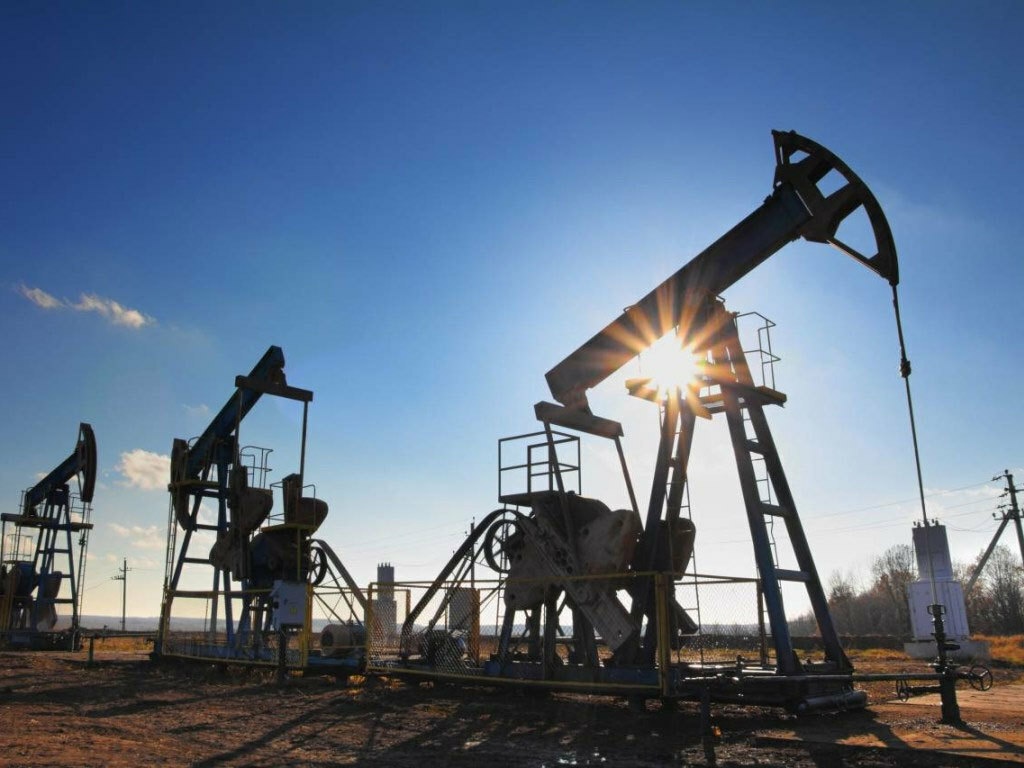Oil prices increased for the second consecutive day on Thursday, with Brent crude futures surpassing the $85 mark per barrel. This rise was fueled by growing expectations for U.S. interest rate cuts following the release of unexpected inflation data showing a slowdown. Brent crude ended the session up by 32 cents, or 0.4%, settling at $85.40 a barrel, while U.S. West Texas Intermediate crude futures gained 52 cents, or 0.6%, to close at $82.62 a barrel.
The U.S. consumer price index for June indicated a drop in inflation rates, which has significantly raised market anticipations for a Federal Reserve rate cut as early as September. The likelihood of a rate cut occurring in September jumped to 89% following the inflation report, up from 73% the day before, according to market traders.
Economists from Growmark Energy highlighted that slowing inflation and the potential for reduced interest rates could lead to an increase in economic activity, which in turn would boost oil demand. Federal Reserve Chair Jerome Powell noted the improving trend in inflation but emphasized the need for more data to solidify the case for a rate reduction.
The impact of the inflation data was also felt in the forex markets, with the U.S. dollar index dropping. Gary Cunningham, director of market research at Tradition Energy, pointed out that a weaker dollar typically supports higher oil prices as it makes dollar-denominated oil cheaper for holders of other currencies.
Further supporting the upward trend in oil prices, data released on Wednesday showed a decrease in U.S. crude stocks, marking a turnaround after a three-day loss streak. The demand for gasoline and jet fuel remained robust, and U.S. crude futures for the front month were noted to have their highest premium over the next month since April, indicating a condition known as backwardation which often signifies tight supply.
Despite these positive indicators, the International Energy Agency (IEA) reported that global oil demand growth is expected to slow to under a million barrels per day this year and next, largely due to a reduction in China’s consumption. In contrast, OPEC maintained its demand growth forecasts at 2.25 million barrels per day for this year and 1.85 million barrels per day for the next year, reflecting a more optimistic outlook.





